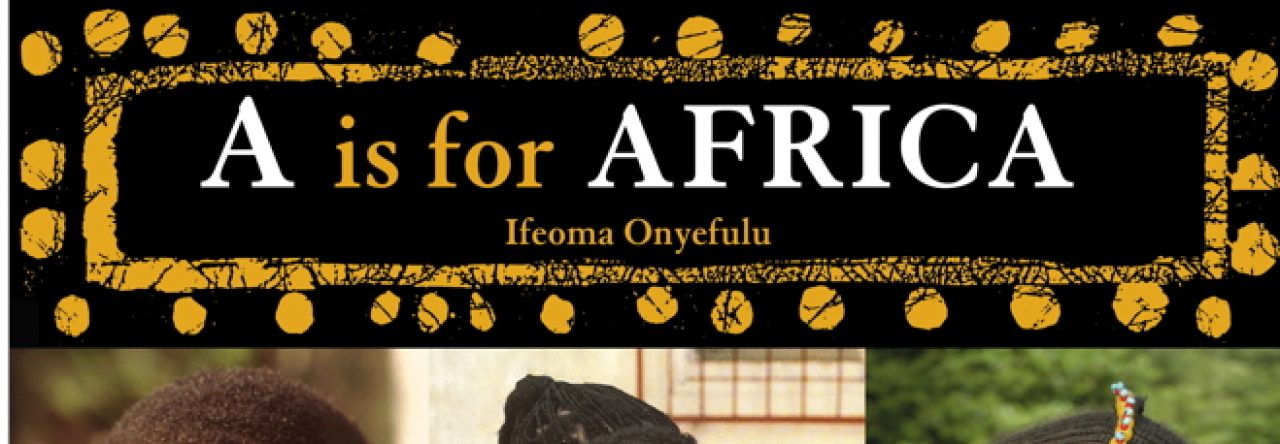A stunningly intriguing book on another level of interesting ways for children to explore. For the ardent young explorer this is a highly illustrated, playful field guide for budding natural scientists and curious observers of the world right under our noses.
Observology is the study of looking. An observologist makes scientific expeditions, albeit very small ones, every day. They notice interesting details in the world around them. They are expert at finding tiny creatures, plants and fungi. They know that water snails glide upside down on the undersurface of the water; not all flies have wings; earthworms have bristles; butterflies taste with their feet. An observologist knows that there are extraordinary things to be found in even the most ordinary places.
The Observologist puts over 100 small creatures and features of the natural world under the microscope, piquing our curiosity with only the most interesting facts. Subjects range from slugs, ants and seeds, fungi and flies through to bees and bird poop.
But this is no everyday catalogue of creatures. It is an antidote to boredom, an invitation out of the digital world and screentime, an encouragement to observe our environment, with care and curiosity, wherever we are.
Facts combine with comics, detailed illustrations, science and funny stories in this unique, warm and fascinating account of the small things all around us. Graphic and comic illustrations with funny talking insects make this a playful and informative book for 7- to 11-year-olds and one to be treasured in the classroom.
Giselle Clarkson, author and illustrator based in New Zealand brings together her expertise in both comics and conservation background. Once you start thinking small, there’s no limit to what you can notice—right under your nose.

Gecko Press have an amazing list of titles, they follow what they believe in ‘Choosing children’s books of good heart and strong character’. Follow their blog and sign up for their newsletter, you’ll love it.
My dilemma is whether to save this book for myself or give to my emerging scientist of a granddaughter ?
Sue Martin Children’s Literacy Specialist


